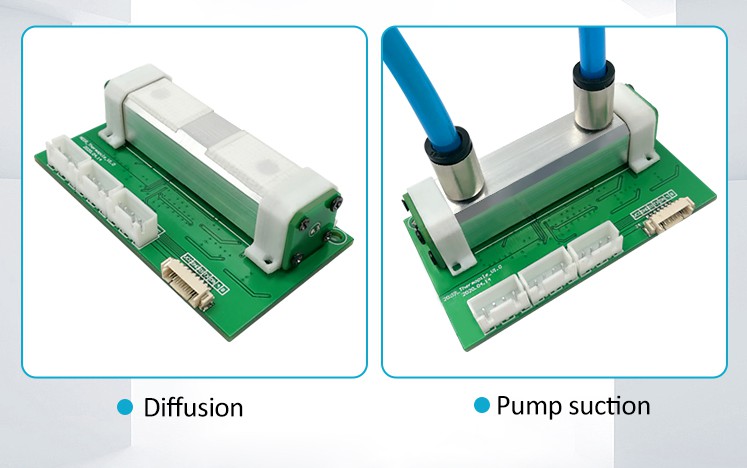
How Does a CO2 sensor Work?
CO2 sensor is a kind of gas sensor specially used to detect the concentration of carbon dioxide gas in atmospheric environment.

CO2 sensor is a kind of gas sensor specially used to detect the concentration of carbon dioxide gas in atmospheric environment.
CO2 sensor is a kind of gas sensor specially used to detect the concentration of carbon dioxide gas in atmospheric environment.
It is measured using “parts per million” (ppm) and typically has a presence of around 400 ppm.

Carbon Dioxide is an odorless and colorless gas, and it has long been identified as one of the key “greenhouse” gases that affect the earth’s atmosphere. The gas, alongside Methane, Nitrous Oxide, and Fluorinated Gases, creates a barrier in the upper atmosphere that causes heat to be retained. This results in increased temperatures, rising sea levels, and changes to land usage.
CO2 is created during respiration, combustion, and organic decomposition, and is also found indoors. This is a result of both external atmospheric CO2 and internal production from the presence of people.
CO2 can be detected and measured through different technologies, including
nondispersive infrared (NDIR) monitors the absorption of infrared light at a specific wavelength (4.3 μm), a wavelength at which CO2 has very strong absorption. If the infrared light is absorbed, then CO2 is present, whereas non absorption indicates a lack of CO2. The more infrared light that is absorbed the higher the concentration of CO2.
photoacoustic spectroscopy subjects a sample to pulses of electromagnetic energy that is tuned specifically to the absorption wavelength of CO2. With each pulse of energy, the CO2 molecules within the sample will absorb and generate pressure waves via the photoacoustic effect. These pressure waves are then detected with an acoustic detector and converted to a usable CO2 reading through a computer or microprocessor.
Electrochemical carbon dioxide sensors measure electrical current to determine how much CO2 is present in the air. When CO2 enters the sensor, it chemically reacts within a polymer surface, resulting in an electrical charge. The type and amount of electrical charge is then used to determine how much CO2 is present.

NDIR CO2 gas sensor has performance advantages over other detection technologies due to long-term stability, accuracy, and low power consumption for CO2 measurement.
High concentration levels in a confined or poorly ventilated environment can cause harmful reactions in people.
Additionally, other research shows the positive health and productivity benefits of controlling indoor CO2 levels in office environments. Some studies even show that working in an office with optimized CO2 levels, managed through intelligent ventilation, can increase productivity by 60%.
Finally, and more relevant recently, as a result of extensive research into the transmission of COVID-19, it has been shown that there is a correlation between the concentration of CO2 and aerosols, one of main the transmission pathways of viruses such as COVID-19 or influenza. By controlling the CO2 level indoors it is possible to manage the risk of virus transmission.
Clearly, these recent studies show that both short-term and long-term exposure to CO2 is extremely bad for health. Detection and reduction of this harmful gas are therefore critical for any healthy working environment.
By collecting and analyzing the monitored data from the CO2 sensors companies can quickly and efficiently identify the potential build-up of CO2 in their offices and indoor spaces.
Combining the sensors with Demand Controlled Ventilation (DCV), a company will be able to automatically regulate airflow within the office to respond to CO2 concentrations at any given time. This both provides a better work environment but also saves energy as the ventilation systems will only be operating when needed.
The three key benefits of measuring CO2 levels with sensors and ventilating accordingly are:
1) a healthy and safe working environment with CO2 levels managed to be within the accepted and healthy range of less than 1000ppm
2) improved productivity as the proven impact on cognitive skills from elevated CO2 concentration is alleviated
3) energy-savings through optimized use of ventilation systems